(5304 products available)










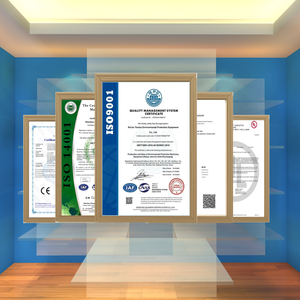








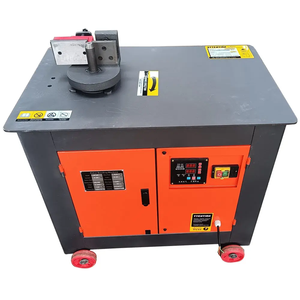



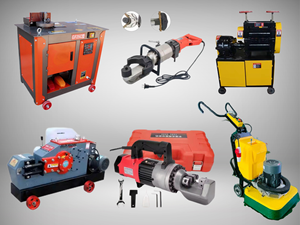
















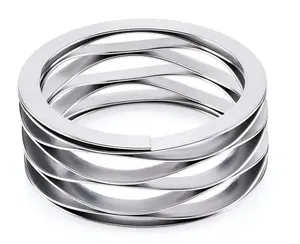
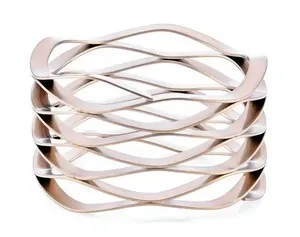
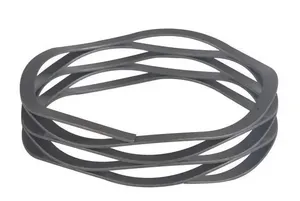






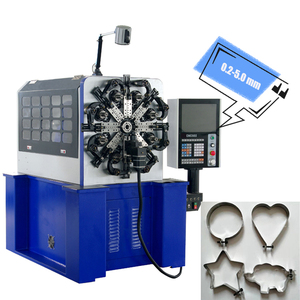

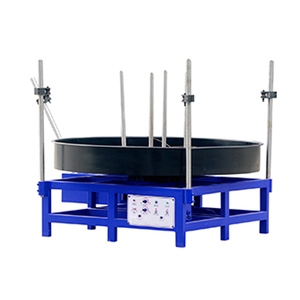


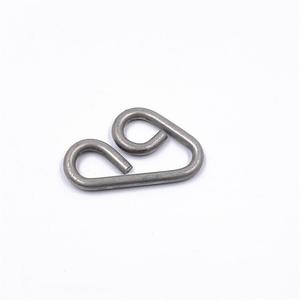

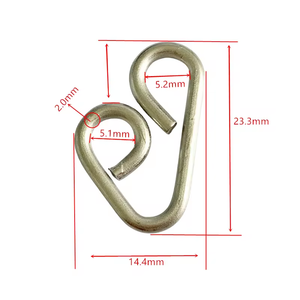






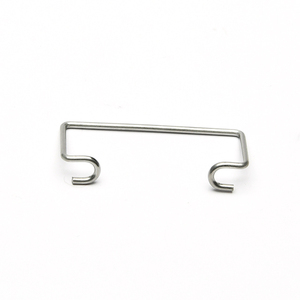
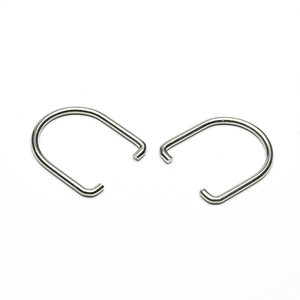


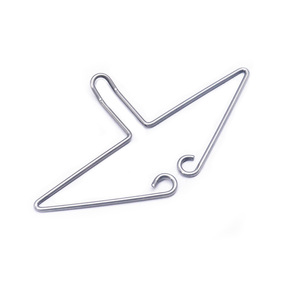


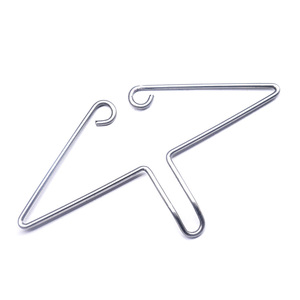







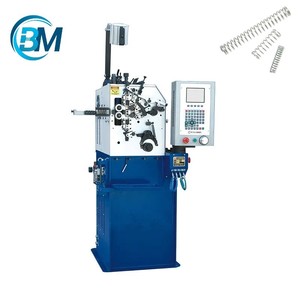



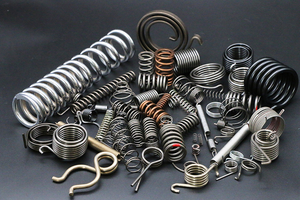

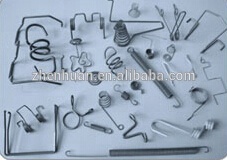

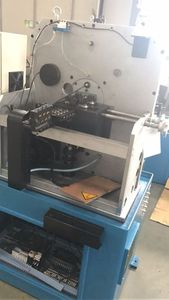
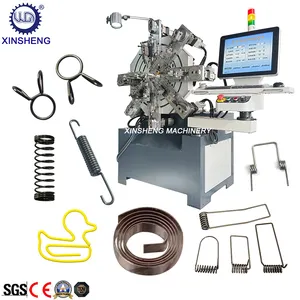

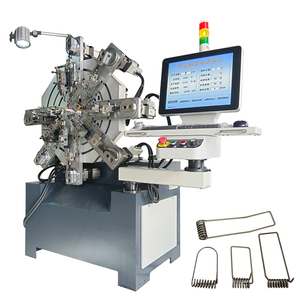



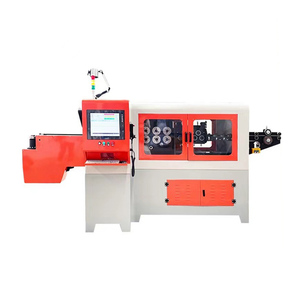


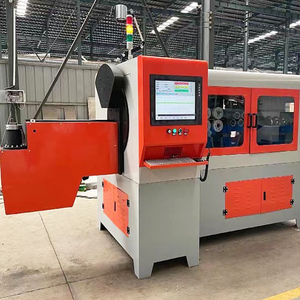










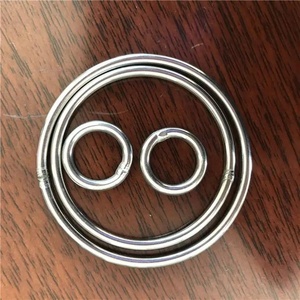












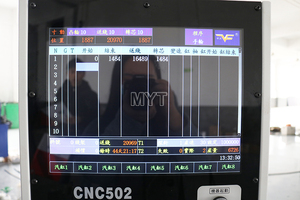

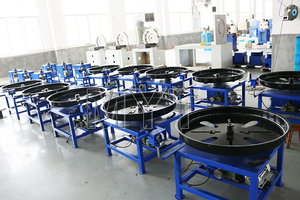
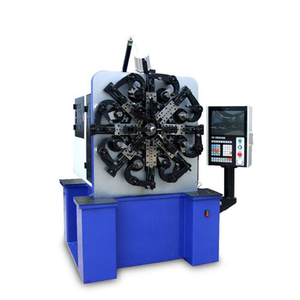
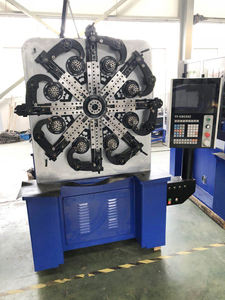
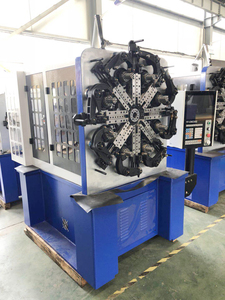




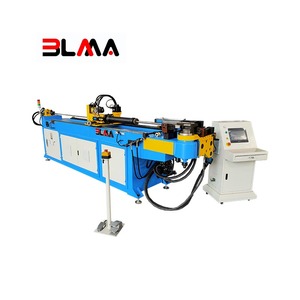
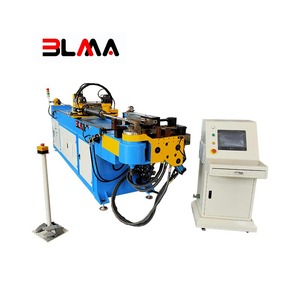





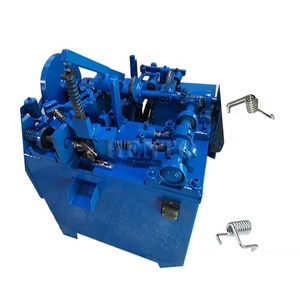



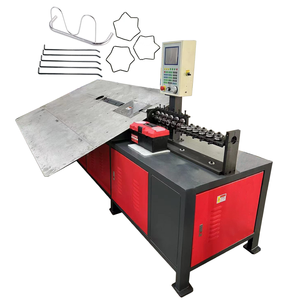







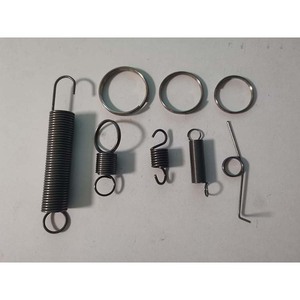

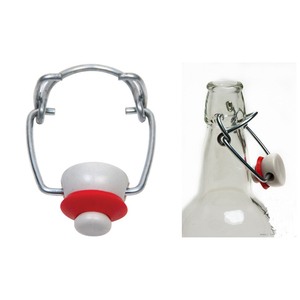


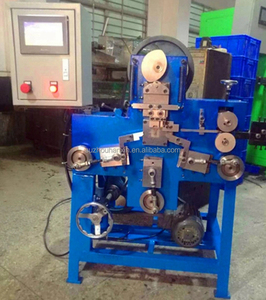








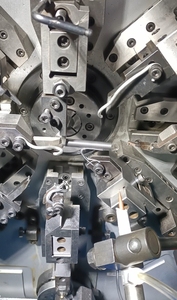


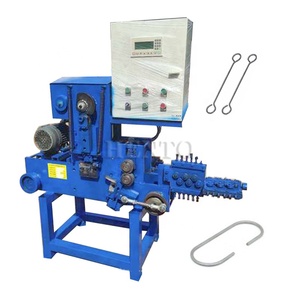
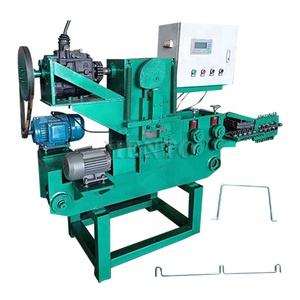

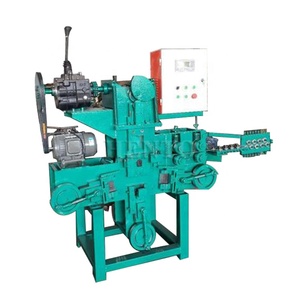
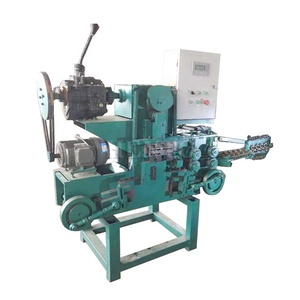


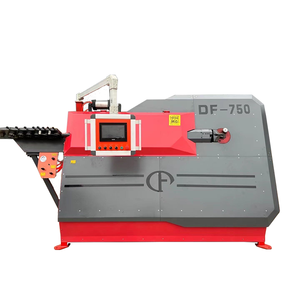
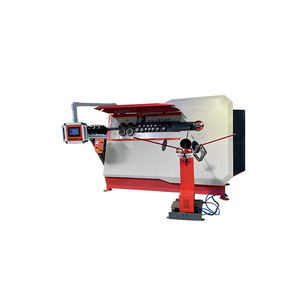
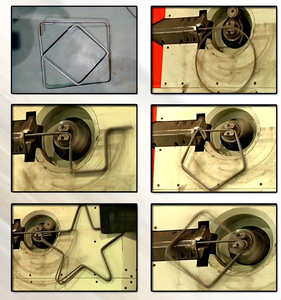






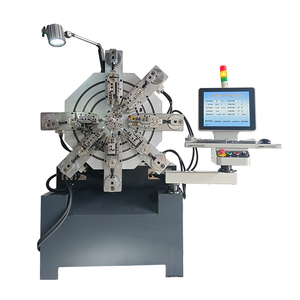


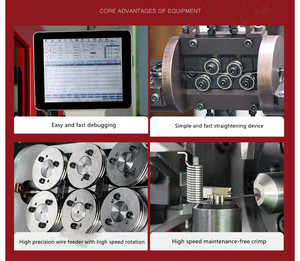



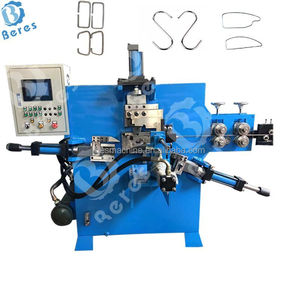
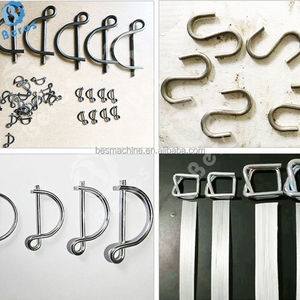




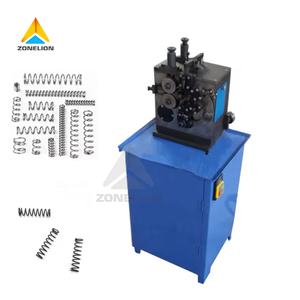



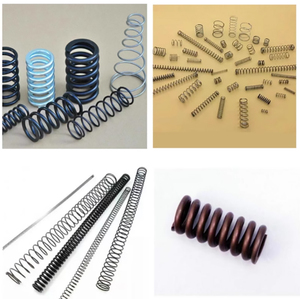
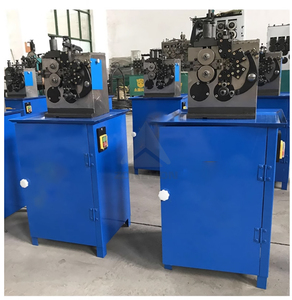



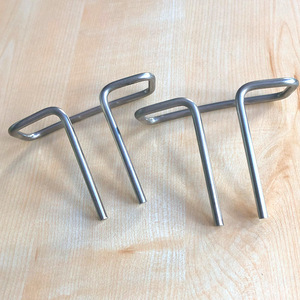
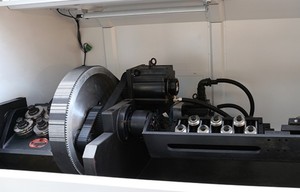
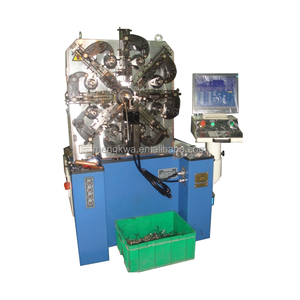
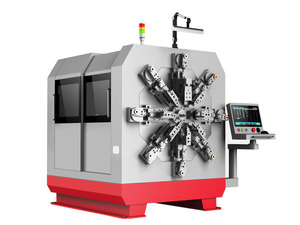




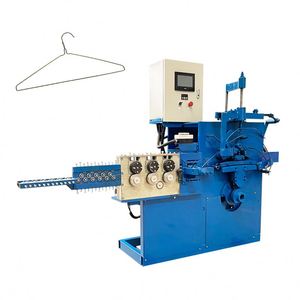
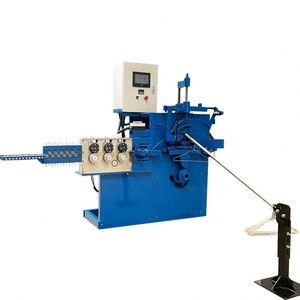

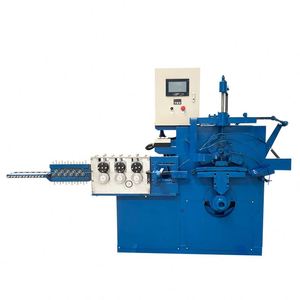



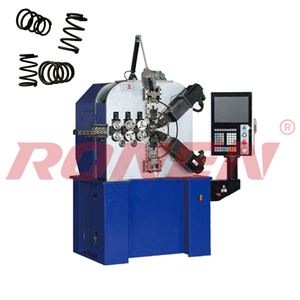



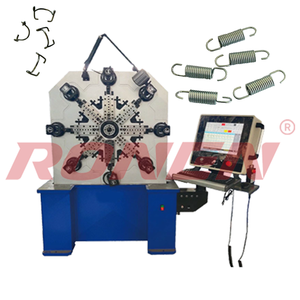
Market Overview: The spring wire bending machine market has been experiencing a notable trajectory of growth, largely fueled by the increasing demand for precision-engineered components across various sectors. According to Research and Markets, the global coil-winding machine market grew from USD 4.89 billion in 2023 to USD 5.23 billion in 2024, reflecting a strong compound annual growth rate (CAGR) of 7%. This growth is propelled by advancements in technology and increasing applications in automotive and consumer electronics, as manufacturers seek reliable machinery to meet the rising demand for high-quality coils in electric vehicles and smart devices. As industries aim for greater efficiency, the integration of advanced technologies, such as automation and IoT, is becoming increasingly essential, which is expected to drive further investment in spring wire bending machinery.
Regional Insights: The Americas region, particularly the United States and Canada, is emerging as a key market for spring wire bending machines, driven by robust automotive and electronics manufacturing sectors. Significant government initiatives aimed at enhancing domestic manufacturing capabilities are also contributing to growth. Meanwhile, the Asia-Pacific region is witnessing a surge in demand due to rapid industrialization and urbanization. Countries like China and India are focusing on improving their electrical and electronic infrastructure, leading to increased utilization of advanced machinery, including spring wire bending machines. However, challenges such as the need for skilled operators and the complexities of integrating new machinery with existing systems may hinder market growth. Overall, the market is poised for sustained expansion, providing opportunities for innovation and strategic partnerships among key players in the industry.
A spring wire bending machine is a device that aids in bending wire into different shapes and forms that can be used as springs or other structural components. There are different types of machines, each with its specific use.
Automatic wire bending machines:
These machines are fully automated and controlled by computer numerical control (CNC) systems. They can bend wires into complex shapes without any manual intervention. They offer the highest level of precision and efficiency ideal for high-volume production.
Cnc spring wire bending machines:
These types of machines use CNC technology to bend wire into various shapes. They offer great flexibility and precision, allowing for quick and easy changeovers between different bending patterns and prototypes.
Hydraulic bending machines:
These machines use hydraulic power to bend wires. They have a hydraulic system that controls the bending force and angle. Hydraulic wire bending machines are suitable for heavy-duty bending tasks and provide good control over the bending process.
Spring bending machines:
These specialized machines are specifically designed to bend springs. They have the tooling and fixtures required to bend wires into spring coils with consistent spacing and tightness.
Generally, the bending machine can be divided into three broad categories based on the method of wire forming: mechanical bending machines, hydraulic bending machines, and electrical bending machines. The machine may also be divided based on whether they are used in workshops or factories. Heavy-duty spring bending machines are common in factories and use hydraulic or mechanical power to bend steel wires, while manual spring bending machines are used in workshops.
Spring bending machines’ specifications differ based on types. Generally, they all have voltage and power specifications. The power requirement is directly linked to the machine’s power, which can range from a few hundred up to several thousand watts. A greater wattage indicates more power and capability to handle thicker wires and higher spring production.
Whether automatic or CNC spring wire bending machines have similar features. They both have a bending axis with a 3 to 6 number of bending axes. It will also have a holding mechanism like a clamp or collet to grasp the wire and a feeding mechanism that can be either manual or automatic. Some advanced machines will have a computer numerical control system that is programmable and an overall machine control software interface will distinguish different machines.
Some machines will have a spring coiling attachment with a coil diameter specification. The coils can be tight, loose, or inner and outer depending on what type of spring is being manufactured. The machine will also be able to adjust the coils’ bending angles and bending speeds, which are usually maximum to 800°/s and vary according to the number of bending axes.
For smooth and efficient production, proper maintenance of the spring wire bending machine is crucial. As manufacturers use the machine for industrial use, regular maintenance may require frequent inspections at a professional level. Daily maintenance includes the following:
Spring wire bending machines find applications across a variety of industries.
For wholesale buyers, choosing the right spring wire bending machine for their business is crucial. A few key factors must be considered before placing the final order.
Production capacity…
Wholesale buyers need to assess the overall production capacity of the spring wire bending machine. Does the machine’s production capacity meet the demand of the business? Buyers need to ensure that the capacity aligns with the business’s demand to avoid potential bottlenecks in production.
The type of materials it can handle
A wide range of materials is used to manufacture springs. Each material has its properties and implications for spring performance. Choose a wire-bending machine that works with the specific wire material. Check if other attachments are included to enhance compatibility; for example, heat-treated springs may require additional coating attachments for heat-resistant springs.
Machine Precision
The precision of the machine affects the final product’s quality. An inaccurate machine will produce imperfect springs, which will not serve their purpose. An imprecise spring can easily break, warp, damage, and wear out parts of the equipment or products it is used with. Additionally, using an inaccurate machine means more time, materials, and resources are wasted fixing and replacing faulty products. Choose a wire-bending machine with better precision to produce high-quality, durable, and reliable springs.
Automation features
Consider the automation features of the machine, as they will impact overall productivity, labor requirements, and production efficiency. An automated machine can streamline production and reduce the number of workers needed. It will also produce a final product at a lower cost.
Size and weight of the machine
A large and heavy machine will take up a substantial amount of production floor space. It may require additional energy and HR needs, such as an installation team, to set the machine up properly. If the machine is large and heavy, it may need forklift services to move it around.
Availability of replacement parts.
A machine will eventually need repairs and maintenance. If specialized replacement parts are required, it will become expensive to maintain the machine. Manufacturing companies need to look into the availability of replacement parts and how easily and quickly they can be sourced.
Q1: What materials can a wire bending machine work with?
A1: In addition to spring steel, wire bending machines can also work with other materials such as stainless steel, carbon steel, alloy steel, galvanized iron wire, and aluminum wire, depending on the machine's specifications and capabilities.
Q2: Can a wire bending machine make different shapes and sizes of bends?
A2: Yes, a wire bending machine can make different shapes and sizes of bends. The most common shapes are usually angles, loops, hooks, zigzags, spirals, and curled ends. Bending machines are usually equipped with different types of jigs and fixtures that allow operators to create various bends quickly and accurately.
Q3: What is the maximum wire diameter that a bending machine can handle?
A3: This is a variable dimension depending on the machine model and construction. Bending machines can generally accommodate wire diameters from approximately 0.5 mm to 12 mm.
Q4: Can the wire bending machine automate the bending process?
A4: Yes, most modern wire bending machines have automatic and CNC functionalities, which can be used to automate the bending process, improving efficiency and precision.